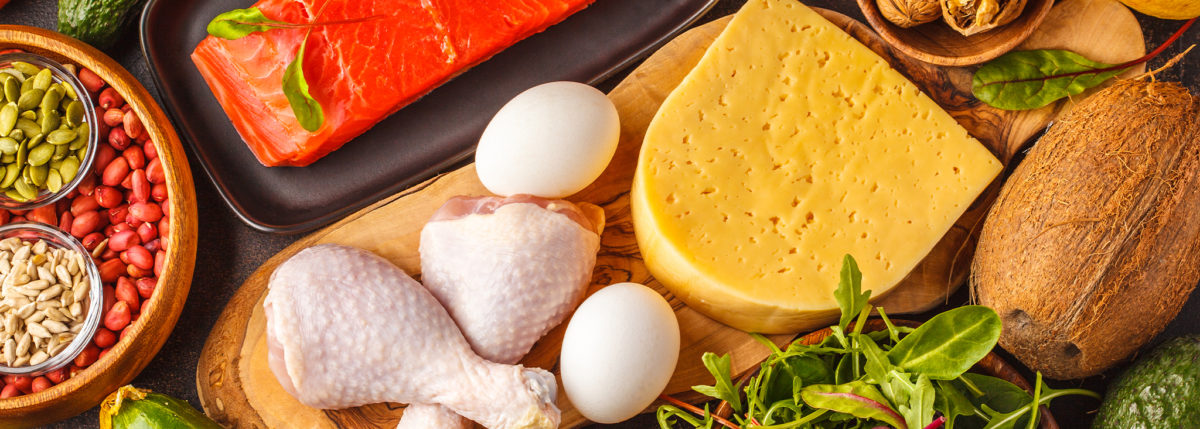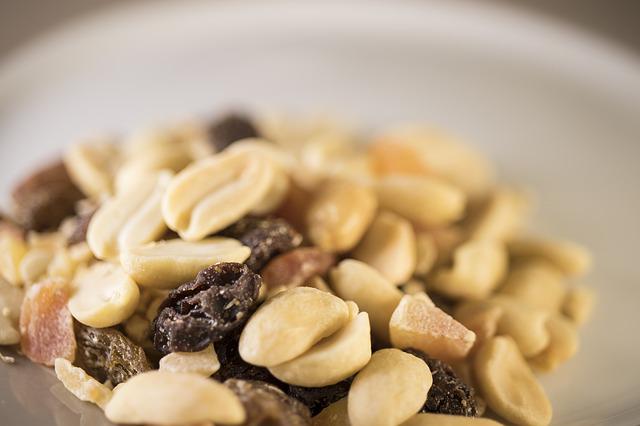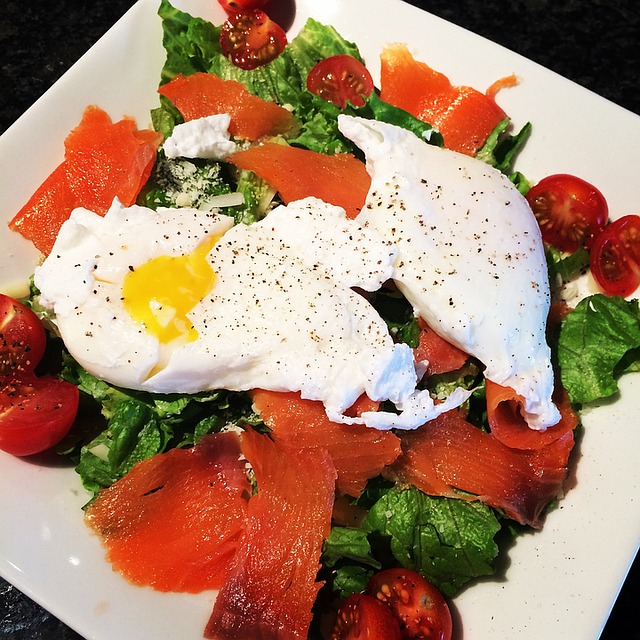
Paleo might appeal to you. Here are some things that you should avoid in order to live healthier lives. Common additives include aspartame, calcium sorbate, monosodium glutamate (MSG), nitrates, potassium bromate, saccharin, artificial sweeteners, and GMOs.
Processed foods
The majority of processed foods can't be found in the natural world. These foods are made in laboratories and often contain artificial preservatives and ingredients. They are also deficient in nutrients, fiber, protein, and other essential nutrients. Paleo-followers will avoid processed foods. What should you avoid? You can read on to learn more about some foods you should not eat when following a paleo lifestyle.
Refined sugars
Paleo is a diet that prohibits the consumption of refined sugars. This means you should avoid processed, refined and table-top sugars. These products contain a lot of additives, which are not good for your health. Refined sugars are safe to consume in moderation. Ezekiel bread, which consists of grains, legumes and milk, is another option.
Phytic acid is found in grains

Phytic, which is found in many grains and other plants, interferes with our bodies ability to absorb mineral minerals. This is especially true in countries that have low levels of vitamin A or iron. Paleo doesn't ban phytic, however. There are ways to minimize its effect. You can reduce its impact by sooking the grains and cooking legumes over a longer period of time. However, there is no definitive answer.
Vegetable oils
Vegetable oils are a common addition to modern cooking, but are they healthy? They contain omega-3 fatty acids and polyunsaturated fats that are not considered healthy in the Paleo diet. Even if vegetable oils are well-sourced, organic and cold-pressed, they still contain unhealthy, polyunsaturated oil that is not good for your health. There are many ways to replace these oils in your cooking, without compromising your diet.
Fruits
Apples are a staple in the paleo diet. Although they are high-calorie, they are extremely nutritious. A medium-sized apple contains approximately 10 grams sugar and more that 2 grams fiber. Bananas and melons, while not being considered paleo foods, are much more nutritious than apples. If you really want to stick to your diet, however, you might consider adding one of these fruits.
Organic fruits
Paleo means that you must only buy organic, non-GMO vegetables and fruits. Organic produce will contain less pesticides, trace chemicals, and be more nutritious. You can also choose items that are low in pesticide residue, such as those from the Environmental Working Group's Clean 15 list. Each year, the Environmental Working Group publishes lists identifying the "dirtiest and cleanest" foods.
Meat

When you are trying to eat Paleo, the first thing to do is create a grocery shopping list. You'll be able to stick to your plan and won't get lost in the aisles at your local grocery store. A grocery list will not only help you stay on track but it will also help to identify foods that are suitable for the paleo diet. These are some foods that you should avoid eating on Paleo.
FAQ
What are your basic cooking skills
Basic cooking skills include being able to read and measure ingredients, prepare food safely, clean up after yourself, and cook. These are the essential skills you will need to be able cook for yourself. Cooking is also a great way to save money since you don't have to eat out all the time.
What is the minimum requirement to become a chef?
No. No. Many chefs began their careers learning by themselves. Some chefs even attended culinary school to gain more experience. Culinary school is preferred by most chefs because they have more opportunities to grow and learn. Culinary schools give students hands-on experience, which allows them to develop valuable skills as well as improve their culinary knowledge.
Can you be a self-taught cook?
You can learn to cook by yourself! Everyone loves cooking, regardless of whether they are skilled or not. Start cooking at home if you want to learn how to cook. You can start small by making spaghetti sauce for dinner or pancakes for breakfast. It is important to experiment with new recipes to learn how to cook. You might even make some mistakes.
The time it takes to learn to cook can vary from just a few hours up to several weeks, depending upon your skill level. Cooking is more than following recipes. There are many ways to cook food. If you have an idea, follow it.
What should a novice cook do first?
Beginners should begin cooking simple dishes like soup, pasta, and rice. Learn how to cook with a recipe book, YouTube video or other resources. Cooking with friends is much more enjoyable. You can cook together as a family or with friends.
What are some of the benefits of using slow cookers?
Slow cookers can be very helpful because you can prepare delicious meals quickly. Slow cooker recipes require less oil or fat than traditional recipes, making them healthier. Also, slow cooker recipes are easy to use because they do all the work while you sleep.
How do you become a chef?
There are many ways to become a chef. To start, you can take a course at your local community college. Consider attending culinary school. The last option is to apply for a job as a paid intern.
How Long Does It Take to Be a Chef? What is the average career path?
A chef's career takes about five years. This time you'll learn the basics of cooking and work as a cook assistant. When you finish your training, you can apply for positions as a line cook, sous chef, or executive chef. The average salary for a chef ranges from $25,000 to $60,000 per year.
Statistics
- In the United States, the category is estimated at $23.2 billion annually and is growing faster than the market. (washingtonpost.com)
- According to the BLS, chefs earn $58,740 a year. (learnhowtobecome.org)
- You'll be amazed that over 90% of CIA students receive scholarships and grants to finish their culinary studies. (ischoolconnect.com)
External Links
How To
How to cook a steak
The thickness of any meat will dictate the cooking method. Thicker steaks cook best at low heat. Thicker steaks require higher temperatures.
Also, don't cook them too long as it will cause loss of flavor. Don't forget to take the steak out of the pan once it's finished. This will ensure that you don't burn your self.
Cooking times will vary depending on how large the steak is and what degree of doneness you desire. These are some guidelines:
Medium Rare: Cook the meat until it reaches medium rare (63°C). This takes between 3 and 5 minutes per side.
Medium: Cook until medium. This means that the internal temp has reached 160 degrees F (71 degrees Celsius). This usually takes only 6 minutes per side.
Good Cooking: Cook the meat until it is done. This means that the internal temperature reaches 180F (82C). This normally takes 8 to 12 minutes per side.